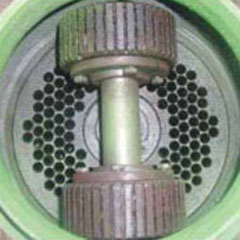Pellets have been around since time immemorial; by means of heat and compression, little cylindrical shaped pellets can be man-made from an assortment of provisions for diverse uses. By the year 1970, some enterprises that used pellet mills to produce animal feeds, began to look at ways of producing for their consumption wood pellets as their main source of fuel.

On the other hand, the low-priced fossil fuels that were available then; the wood pellet industry with great effort tried to grow. The use of fuel pellets and wood pellets has tremendously grown, ensuing in huge problems with supplies in the 21st century in general. Owing to the high gas and oil prices, and anxiety caused by climate change, fuel pellets are environmentally friendly, low priced heating fuels that can aid in reducing global warming.
Over the preceding decade, two factors have contributed immensely in the soaring popularity of wood pellets in the pellets market. The first factor has been the steady increase in the price of fossil energy and price volatility, while the second is the amplified concentration of the effect of fossil power like gas and oil on the atmosphere. Additional contributing reasons, which shore up the case for pellets use is that they can be made locally, from biomass materials and local woods. Pellet manufacturing and circulation can bring into being an inexpensive fuel, generating local jobs whilst restraining the carbon footprint caused by fuels to a bare minimum.
Pellet mills are suitable for condensing diverse forms of fibrous materials like maize husks, rice husks, peanut shells, cottonseed hulls, wheat bio products, corncobs, sawdust, cotton stalks, house refuse, sunflower seed shells, plastic waste materials, and other factory waste materials. Organic fertilizer, organic bacterial manure, and compound fertilizers can also be pelletized by pellet mills.
